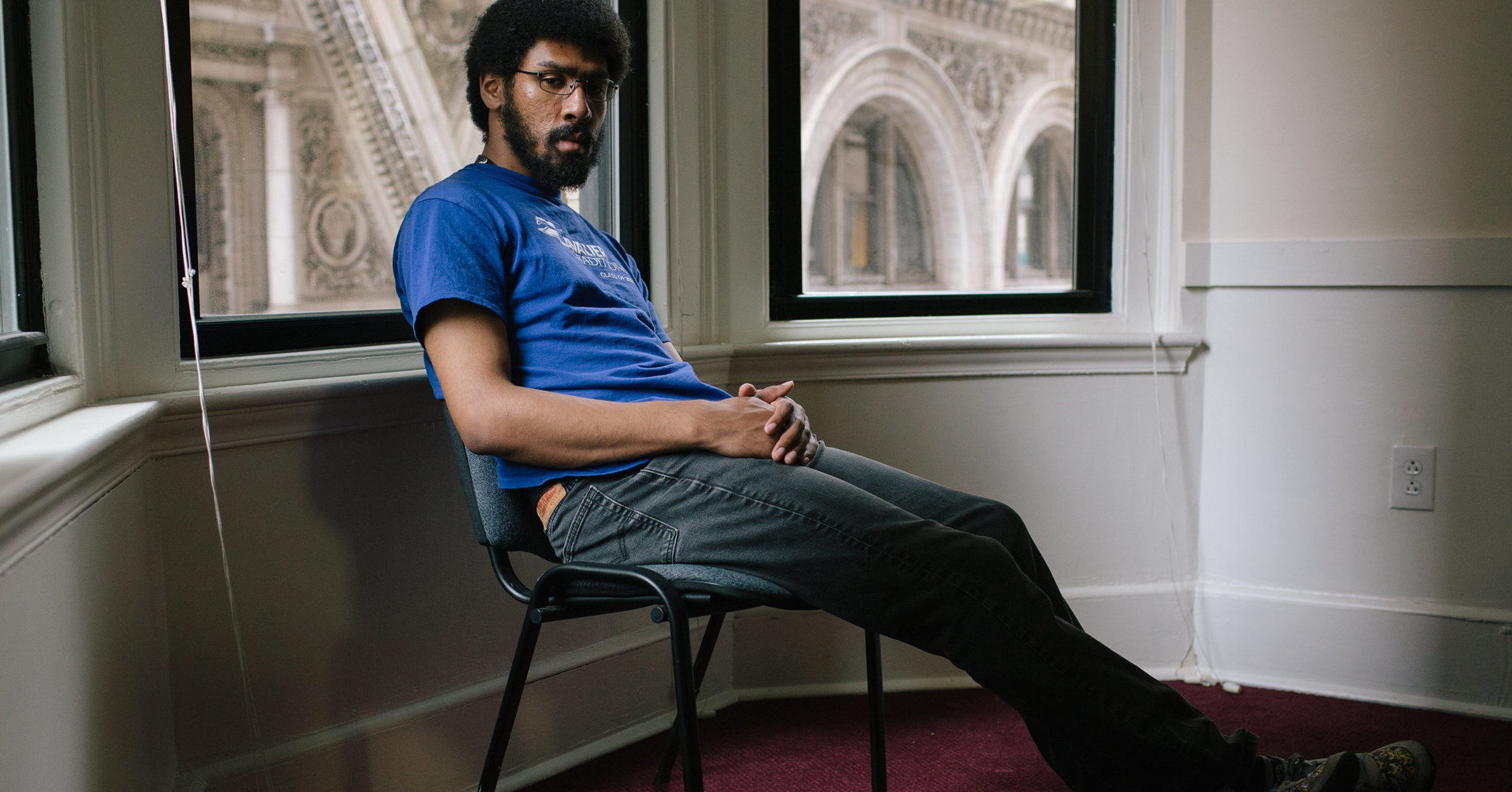[ad_1]
PHILADELPHIA and GREENVILLE, Pa. — Back when he still lived with his family, when school was across the street from his home in West Philadelphia, Johnathan Hamilton used to plow through reading assignments and research religious questions online. He stumbled over fractions — math was always a struggle — but started getting into philosophy as an early teen.
Then, at 15, his relationship with his parents grew violent, and Hamilton went to live in a city shelter for foster youth. When a bed became available at a residential facility in suburban Glenmoore, Pennsylvania, run by the nonprofit Devereux Foundation, Hamilton was sent to live there. For roughly nine months, he went to school on the grounds of the facility — and he says it was mostly lost time.
Classes were full of kids of different ages. The material he was assigned seemed many grade levels behind. In one class, he remembers playing a lot of Bingo. “It just felt like day care,” said Hamilton, who added that the experience left him with a senseless designation for a disability and gaps in his academic knowledge. “It was terrible. It wasn’t school.”
Young people in foster care across Pennsylvania — and the country — say that being sent to residential facilities often plunges them deeper into academic trouble instead of getting them on track. Schedules are filled with electives like movement therapy, art therapy and “values.” Worksheet- and computer-based education proliferate. The schools too often operate like educational black holes, failing to help kids earn relevant credits. Students complain of being kept on campus when they could be attending neighborhood schools. And government oversight is lacking.
“The city of Philadelphia and the School District of Philadelphia expend enormous sums of money for the treatment and education of children in residential facilities and overwhelmingly get poor outcomes as a result,” said Helen Gym, a Philadelphia city councilwoman and a former teacher who helped to start a new task force to reduce the city’s reliance on residentials. Gym said local school districts sometimes reject foster youth — if the foster care facilities let them attempt to enroll at all — so they are “being educated in the residential facility itself, which is not really equipped nor is it certified to really be a quality educational institution.” (Pennsylvania has a law entitling every child in a residential facility to attend a local public school unless a court or, in certain circumstances, guardians and school officials override that decision, but many states do not. Advocates question whether the Pennsylvania law is followed.)
The number of children living in group homes, treatment centers and other institutions has shrunk in recent years as the residential warehousing of kids has fallen out of favor. According to a national 2015 study, on a single day in 2013, the most recent comprehensive data available, kids in those facilities numbered 55,916, 37 percent below the figure for 2004. Federal legislation passed earlier this year is designed to nudge states to further reduce the number of kids in residentials.
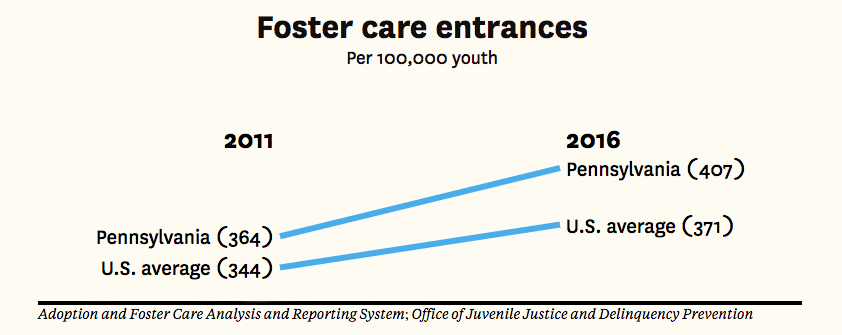
Data analysis by The Hechinger Report
But older youth still end up in residential facilities in significant numbers. According to the 2015 study, of the approximately 51,000 children 13 or older who entered foster care in one year, roughly half spent time in institutional settings. Some of these children have serious mental health needs or behavioral issues that child-welfare agencies say can make it difficult to place them with families. Some are consigned to residential schools because of truancy. In some, mostly rural, parts of the country, the opioid epidemic is driving more young people into residential care.
“That’s 65 percent of the problem,” said Cinnamon Evans, executive director of the Court Appointed Special Advocate (CASA) for Venango County, which assists foster youth. Overdose deaths in the northwestern Pennsylvania county rose by 300 percent between 2015 and mid-2017. Evans said she has started to see more children enter residential facilities in her area, like those run by Keystone Adolescent Center and Pathways Adolescent Center, because of parental drug abuse.
In Pennsylvania, lawyers say, many of the residentials are regulated like private schools, which is to say, hardly at all. While private schools are essentially monitored by affluent, tuition-paying parents who opt into them, no such checks exist for schools that serve foster youth, who by definition have been cut off from their families.
“They treat them like prep schools,” said Maura McInerney, legal director of the Education Law Center, a Philadelphia nonprofit that advocates for educational equity. “They can do whatever they want.”
The Pennsylvania Department of Education does visit residential schools. But under its state education plan, it’s only required to check in once every six years, and the agency’s monitoring only concerns children with disabilities. When asked in a survey about the monitoring and sanctioning of residential schools, the Pennsylvania Department of Education told Hechinger/HuffPost to contact the state Department of Human Services. The education department declined further interview requests. DHS, meanwhile, said review of educational services fell to the education agency.
“It’s out of sight, out of mind,” said McInerney.
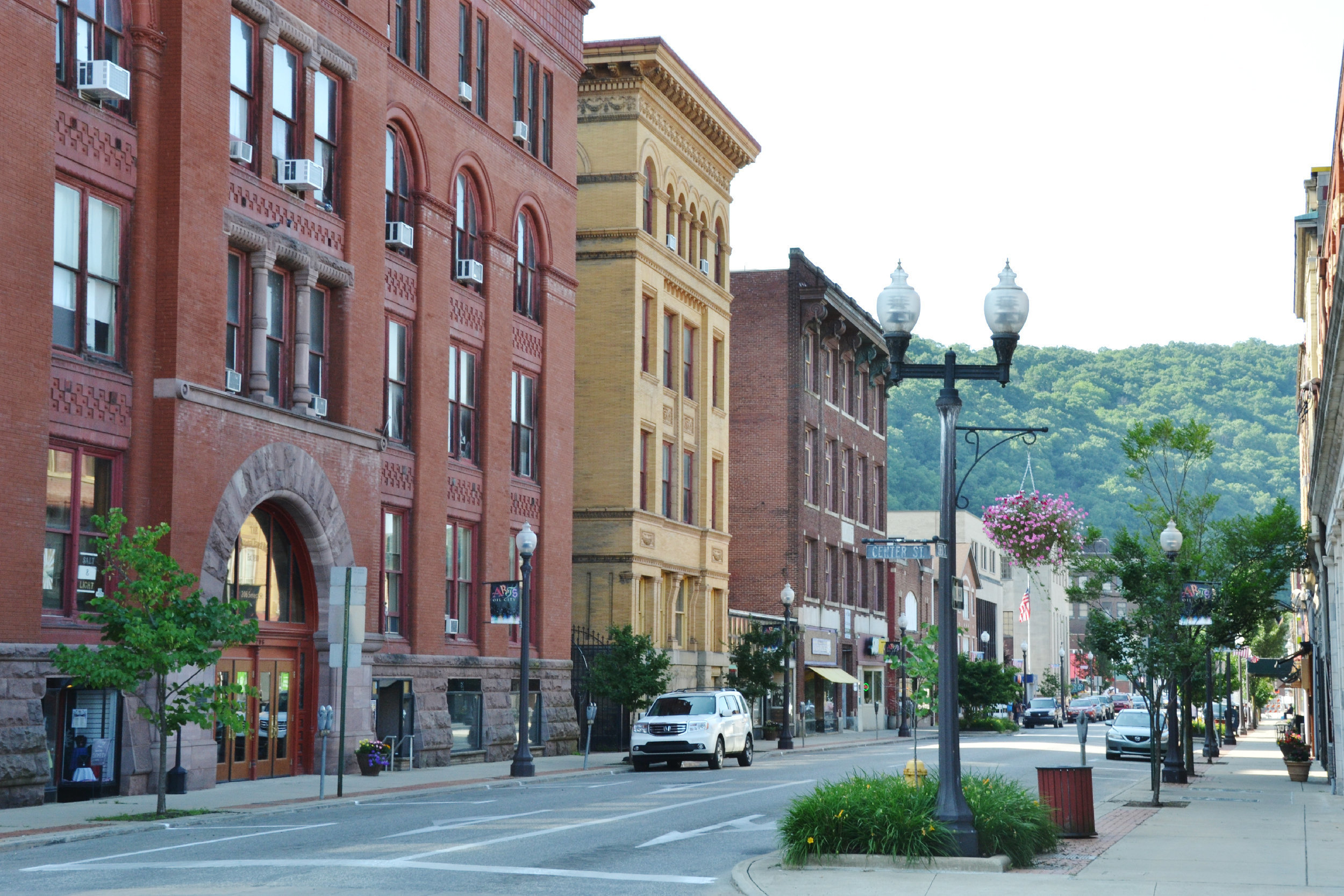
Caroline Preston for The Hechinger Report/HuffPost
The disregard for educational quality within these facilities is a national issue. Of 44 state education departments that responded to a Hechinger/HuffPost survey, most indicated that they sent foster youth to residential schools. But only 15 said their agencies conduct site visits and just one said it had sanctioned a residential school in the last three years. Of those state education departments that said they do conduct visits, only four do so at least once a year; the majority visit less often.
“It is completely unacceptable for education agencies not to be monitoring and overseeing educational institutions that are receiving public funding,” said Jesse Hahnel, executive director of the National Center for Youth Law, a nonprofit in Oakland, California, that advocates for disadvantaged children. “That is what these are; let’s be clear about that.”
A 2013 report commissioned by the School District of Philadelphia and provided to Hechinger/HuffPost, found numerous concerns in its study of residential facilities run by three organizations — Horsham Clinic, Devereux Foundation and VisionQuest — where the city was sending hundreds of students. “Academic programs at the residential institutions lack rigor, are not meaningfully linked to state or national standards, and could not demonstrate acceptable student progress,” the report says.
And residential schools are expensive. Gym, the councilwoman, said that placement for one child at a facility today costs taxpayers roughly $140,000 per year. According to the 2013 review, Devereux Brandywine, where Hamilton attended, charged $85,886 per student for an academic year of special education services (that amount rose to $128,756 if the child required an aide). The group’s president, who oversees facilities in 13 states, earned more than $875,000 in salary and other compensation in 2015, the most recent year for which the organization’s tax forms were available. (Devereux declined an interview request for this story.)
When Hamilton first arrived at Devereux Brandywine, he was sent to an alternative school off-campus. There he loved the teacher with whom he spent most of the class day, he said, though the academics often felt like review. But after about six months he was expelled following a disagreement with a teacher, he said, and began attending the on-grounds school. “There just wasn’t a whole lot going on,” said Hamilton, now 21 and tall, with a resonant voice and a full beard. “It was more like activities to occupy us during the day.” He longed to leave campus for a martial arts class, as he’d been watching Jackie Chan since he was little. But he said that Devereux staff denied his request, telling him that he was too old for the class and might use the moves he learned against employees.
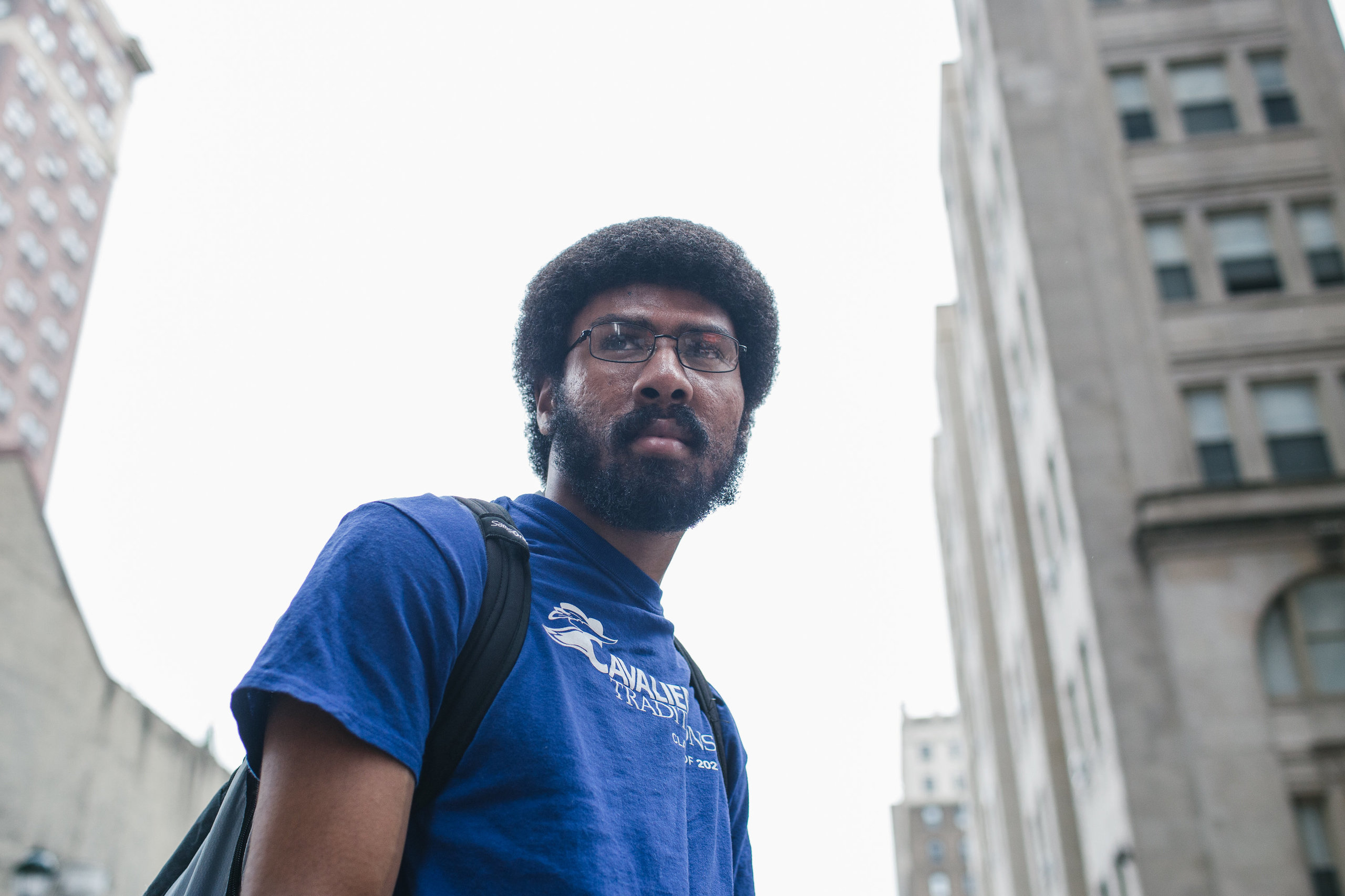
Michelle Gustafson for HuffPost
Eventually Hamilton was sent to a group home in Pennsylvania’s Carbon County where he attended a public school. But the designation for special education he’d been assigned at the Devereux school, which he says was both unnecessary and de rigueur for the facility’s students, trailed him. As a result, Hamilton says he was placed in segregated classes that were far too easy. After weeks of negotiations with school officials, he was allowed to enroll in all general education classes save math. The next spring, he graduated from the school, Jim Thorpe Area High School, after making the honor roll.
Another foster student, M.S., a 15-year old in the Western Pennsylvania city of Greenville, hopes to have the chance to graduate from a public school like the one she used to attend. She spent junior high and most of her freshman year at a mid-sized public school, earning A’s and B’s in algebra, her favorite class, and playing on the volleyball team. But this past spring her relationship with her grandmother, who’d been raising her because her mother suffers from addiction, fell apart. M.S. started getting into drugs and missing school. She was sent into foster care and her academic future was thrown into question. (The full names of some minors in this story have been omitted to protect their privacy.)
At the shelter where she was sent to live, run by the nonprofit Keystone Adolescent Center, the staff were nice and caring but the education was abysmal, said M.S. The school day was a long stretch of sitting before a computer in a room with a single teacher who provided very little support. “The shelter school was horrible. They expected you to do everything online and get everything done within a short amount of time.”
After roughly a month, M.S. moved to Keystone’s transitional living program, which sends most of its children to a nearby charter school run by the same family that operates the residential program. By then, however, the school year was wrapping up.
Sitting one July day in a Pizza Hut near the brick house she shared with seven other girls in the program, M.S. turned to watch as a set of elderly women greeted each other for lunch. “Oh my gosh, they are so happy,” she said. “So cute.” On unscheduled days like these, her main activity was sitting on the front lawn of the transitional living home, on a residential street, and watching passersby, she explained.
If M.S. stayed at Keystone, she would likely attend its charter school. But she was hoping that her cousins would foster her, and she could attend the high school near them.
The Keystone Charter School is a day school in the local school district and it serves kids in foster care and those who’ve struggled in traditional public schools. The adolescent center and the school are big business for the family who runs them: In 2016, the last year for which tax returns were available, Robert Gentile, Keystone’s executive director, earned roughly $158,000 in salary and other compensation; his brother, James T. Gentile, the finance director, earned roughly $157,000. Another brother, Mike Gentile, runs the charter school and serves as educational director of the Keystone Adolescent Center.
Their late father, James Gentile, who started Keystone and once led the school and adolescent center, was fined by the state ethics commission in 2013 for using his positions with those organizations to benefit a private company he also ran. At the time, James Gentile told a local newspaper that he took responsibility for the violations cited by the ethics commission. An attorney general’s report in 2015 again raised similar questions about these arrangements, which involved lease agreements between various organizations operated by the Gentile family.
In a phone interview with Hechinger/HuffPost, Mike Gentile noted that the state education agency has approved these agreements and that he was proud the organization was a “family business.” He also said the shelter school was a “great learning environment” with direct instruction from a teacher and computer-based courses provided by the A+ online curriculum. Gentile emphasized that children remain in the shelter school only for short periods, adding that decisions on where to educate youth who live longer-term in Keystone’s residential facilities are based on “what’s in the best interest of the student.”
Critics of residential facilities, meanwhile, include former staff. Roberta Trombetta left her job as head of Carson Valley Children’s Aid, a nonprofit provider of residential services for vulnerable children, in frustration after coming to believe that facilities for children in foster care do more to hinder children’s education than help. In 2015, she started C.B. Community Schools, a private institution funded by donations that serves foster youth in a former factory in a gentrifying section of northwest Philadelphia.
Ashley F., an 18-year old who spent time in residential schools including Carson Valley and VisionQuest, hopes to graduate this December from C.B. “Horrible,” said Ashley of the education at Carson Valley. “Hor-ri-ble. I literally did nothing.” Kids were disruptive, teachers just handed out worksheets and one class consisted of watching movies, she said. (In an emailed statement, Diane Kiddy, chief executive officer of Carson Valley Children’s Aid, defended the organization’s services: “Our educational program is distinguished by a trauma-focused approach to instruction which is individualized and includes therapeutic supports.”)
Ashley’s transcript is a confusing jumble. She received two final grades of 67 even though her semester grades in those courses added up to different numbers. An ecology course was renamed biology. And it’s not clear why the school district gave her three math credits since the rest of her transcript suggests that she hasn’t taken that many math classes.
“It’s made-up stuff,” said Trombetta. “You’ll see kids who’ve spent a year at residentials and core content subjects aren’t on their transcripts. … You’ll see a lot of electives. You’ll see kids identified at residential programs as special ed who had not been special ed before.”
Employees of residential programs argue that their schools play a critical role in helping vulnerable children who’ve struggled in other environments. They also say that staff ensure that kids attend school in the least-restrictive settings possible and note that courts often are the ones ordering kids into residential facilities and on-grounds schools.
Falling under a patchwork of classifications within the state’s education code, residential schools are a mix of family-run institutions, large for-profit and nonprofit providers, religiously affiliated organizations and smaller nonprofits. Carson Valley and Devereux Brandywine are situated on big, relatively secluded campuses. Pathways Adolescent Center is a cluster of nine or so drab, tan buildings on the outskirts of Oil City, a former petroleum-industry hub that’s been shedding jobs and residents. The educational services there are meager and don’t prepare students for life outside, according to reports from two former students as well as local officials involved with the child welfare system. (Pathways staff declined an interview request.)
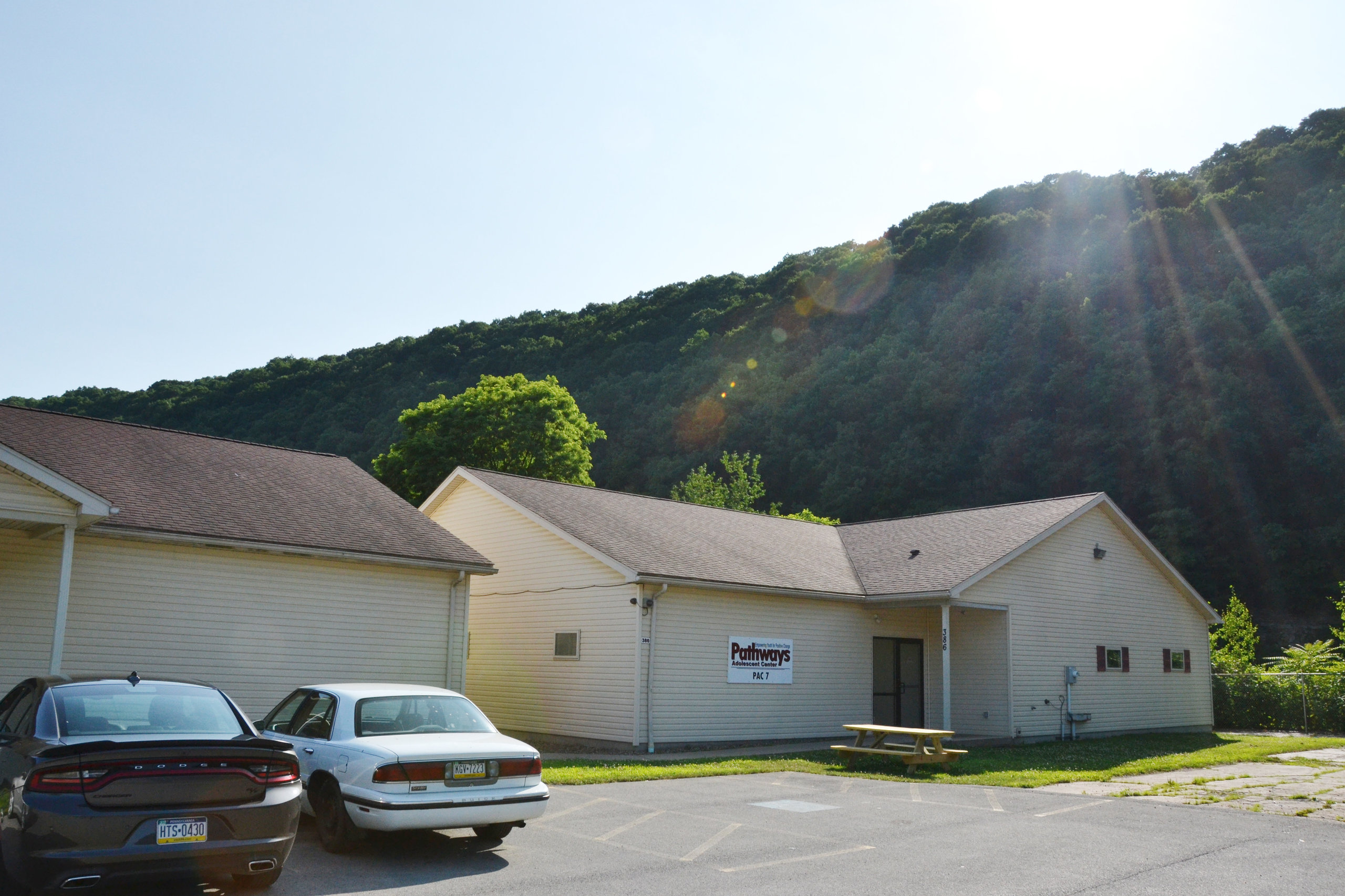
Caroline Preston for The Hechinger Report/HuffPost
The 500-acre campus of George Junior Republic, which serves young men who are involved with the juvenile justice and child welfare systems, is flecked with brown brick buildings (called “cottages”), “special needs units” that provide education in a restrictive environment and a big school building that serves teens who have earned the right to be educated in that setting.
Unlike most residentials, George Junior is run by its surrounding school district, so it follows Grove City’s curriculum, employs its teachers and offers sports and other extracurriculars, according to Jim Anderson, the principal. It has six shop classes — including auto body, carpentry and food service — a music room and a classroom where new students spend a week of orientation. Boys who request to take Advanced Placement classes can do so at Grove City High School; two took AP classes this past year, said Anderson.
Yet Philadelphia recently stopped sending foster and delinquent children to the facility. Heather Keafer, a spokeswoman for the city’s Department of Human Services, said in an email that the agency wasn’t “satisfied with the service delivery” at George Junior and is trying to keep more youth closer to home. She also noted that her agency is not responsible for evaluating the facility’s educational services. Anderson said George Junior and the Philadelphia government butted heads over how to care for these kids.
“They are being sent here because the public schools couldn’t handle them,” said Anderson of the boys who come to George Junior. “We are a facility that’s designed to handle the tough-behavior kid, to handle the child who doesn’t like to come to school. Most of these kids get excited about education if they are here long enough.”
One of those students is Oliver Francis, 18. A native of West Philadelphia, he was placed in foster care after missing roughly half his sophomore year at a public high school. A judge sent him to George Junior because it was more than 300 miles from home — too far to run, Francis said.
He’d heard about problems at George Junior and didn’t want to go. But his outlook changed not long after his arrival, he said, sitting for an interview one day this summer in the George Junior school building. Francis started to enjoy schoolwork, especially carpentry, and he caught up on credits through an online credit-recovery program George Junior offers before and after school hours. Six months in, he said, his family court judge offered him the chance to return to Philadelphia. But Francis petitioned to stay.
“I thought that if I stayed here, I was guaranteed to graduate,” said Francis, who expects to enroll at Northampton Community College this year. “If I went home, the temptations of being out on my own, I didn’t think I was ready for it.”
But Francis, who was on George Junior’s basketball and track teams, and won third place statewide in the high jump, said he wishes his courses had been more challenging. “I did feel as though I could probably learn a higher subject, at higher levels of math and English and biology.”
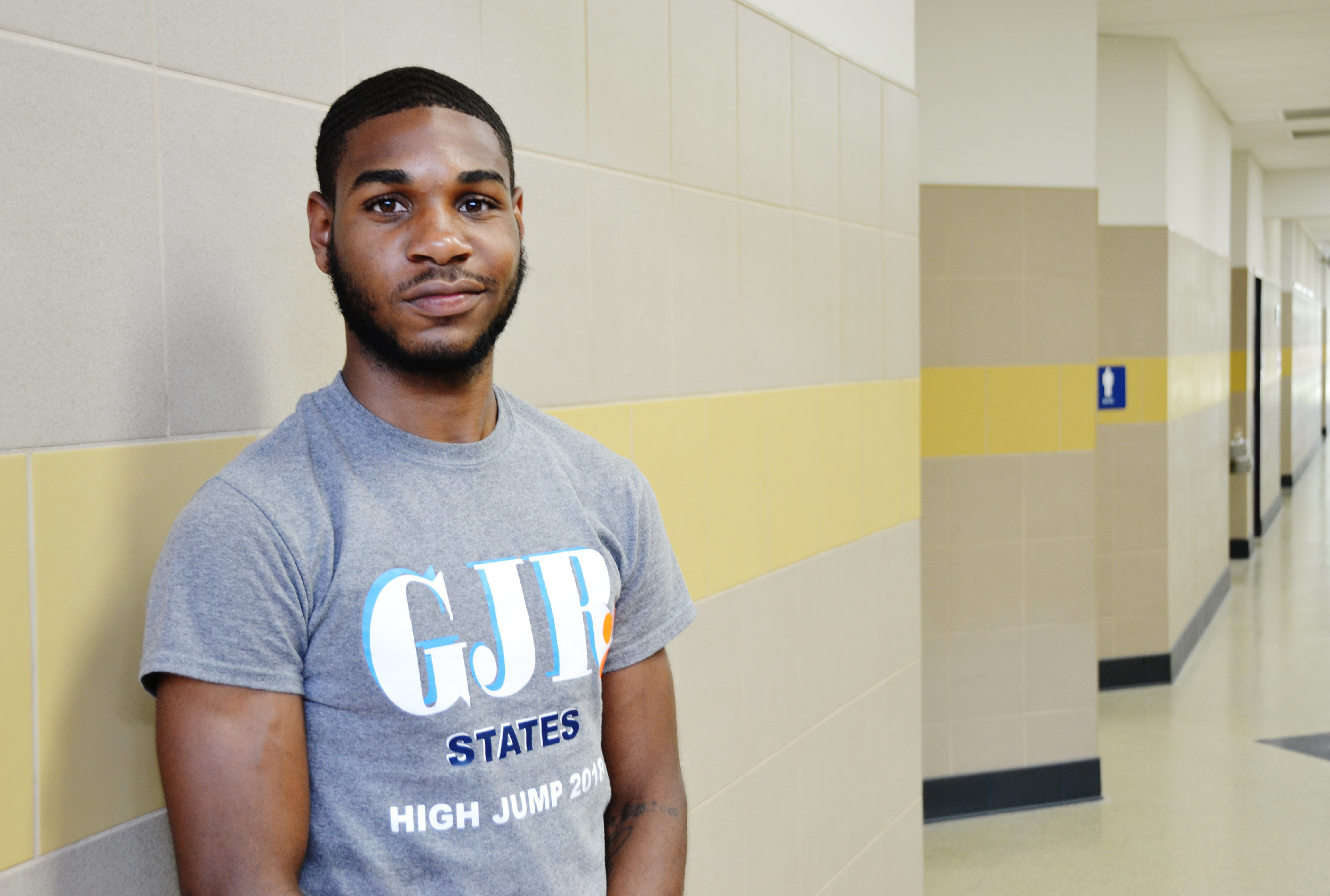
Caroline Preston for The Hechinger Report/HuffPost
As Pennsylvania and other states try to thin the ranks of kids in residential facilities, they may find that simple solutions are elusive. California has shuttered many of its residential facilities and channeled more money to community-based alternatives.
But California continues to send some of its foster youth (approximately 300 at any one time) to facilities out of state. Occasionally they wind up at George Junior. (There’s no federal data publicly available on foster youth sent across state lines, but advocates say the practice is relatively rare.)
Kate Burdick, a staff attorney with the Juvenile Law Center, a Philadelphia nonprofit that advocates for youth in the juvenile justice and child welfare systems, said that her group would like to see a day when no city foster children are educated in these facilities. Until then, she said, stricter oversight is desperately needed.
“The real solution is going to be ultimately getting kids out of placements, out in general. But we’re not giving up on improving quality for the young people who remain.”
Sitting in the Pizza Hut this summer, M.S., the teen in Greenville, said she doesn’t regret being placed in foster care. Her relationship with her grandmother needed mending, and she has learned to value herself and worry less about other people’s opinions. “I’ve changed a lot as a person,” she said. She missed her former school’s principal and her old biology teacher, who had recently taken her out for Chinese food, but she was also ready for a fresh start.
Most of all, she said, she hoped to get her academics on track so she could study to become a school psychologist. “I want to be able to help people and make sure they have what they need for life instead of having them go through what I went through.”
In August, her cousins agreed to foster her, enabling her to start the school year at the local public high school.
After brief stints at a community college in rural Pennsylvania and in military training, Hamilton moved back to Philadelphia. He found an apartment in West Philadelphia that he paid for with money from a job in security and the help of an independent living program in foster care. (Pennsylvania is one of more than two dozen states that enable youth to stay in foster care until they turn 21.)
One afternoon in May, Hamilton sat at a small table in the one-bedroom apartment as his cat, Chun-Li, named after the female street fighter from one of his favorite martial arts series, circled his feet. The day before, Hamilton had received big news: He’d been accepted to Cabrini University, a small, four-year college in Radnor, Pennsylvania. Despite some trepidation about returning to school, he felt certain he’d enroll.
He planned to study communications, so he could one day produce martial arts films and other multimedia content. He is drawn to how the noble warriors in martial arts films use their moral and physical authority to halt misdeeds and misbehavior, in contrast to real life. “Most people are bystanders,” he said, “and if not bystanders, enablers.”
Hamilton had visited Cabrini and said he was impressed by its multimedia equipment — the college has a broadcasting center and radio station. He was also heartened that the university is one of a handful in Pennsylvania to participate in a new effort to help foster youth succeed in college. He expected that given his uneven education he’ll need that extra support.
“I feel like I am not prepared,” said Hamilton. “But that doesn’t mean I can’t do it.”
Sarah Butrymowicz and Nichole Dobo contributed reporting.
This story about the opioid crisis and foster care was produced as part of a series, “Twice Abandoned: How schools and child-welfare systems fail kids in foster care,” reported by HuffPost and The Hechinger Report, a nonprofit, independent news organization focused on inequality and innovation in education.
[ad_2]
Source link

